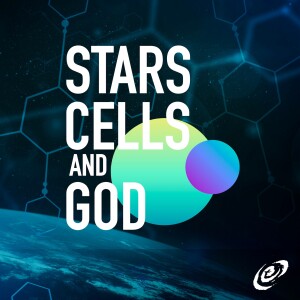
Wednesday Apr 16, 2025
Oxygen in Distant Galaxy | Earth’s Magnetic Field and Life
Join astrophysicists Hugh Ross and Jeff Zweerink as they discuss new discoveries with theological and philosophical implications pointing to the reality of God’s existence.
Astrophysicist Hugh Ross discusses the James Webb Space Telescope’s confirmation that a galaxy called JADES-GS-z14-0 is the farthest one ever found. We’re seeing it as it looked just 291 million years after the big bang—13.48 billion light-years from us. By analyzing light from the galaxy, scientists found signs of a specific type of oxygen (called OIII), and hints of dust. The presence of heavy elements in the galaxy means that many massive stars must have formed just 200 to 290 million years after the universe began. Does the presence of these metals challenge the big bang?
Without Earth’s magnetic field, cosmic rays would sputter our atmosphere into space. Yet, scientists recently found that the magnetic field virtually collapsed for more than 20 million years as life transitioned from single-celled to complex, multicellular creatures. Astrophysicist Jeff Zweerink explains how detailed studies of Earth’s magnetic field direction and strength, coupled with measurements of the Earth’s core and the history of life, provide compelling evidence that Earth’s capacity to support life requires critical events occurring at precisely the right time. Such evidence points to a God who fashioned and developed our planet so life can thrive—particularly human life.
Links and Resources:
Photometric Detection at 7.7 µm of a Galaxy Beyond Redshift 14 with JWST/MIRI
Spectroscopic Confirmation of Two Luminous Galaxies at a Redshift of 14
No comments yet. Be the first to say something!